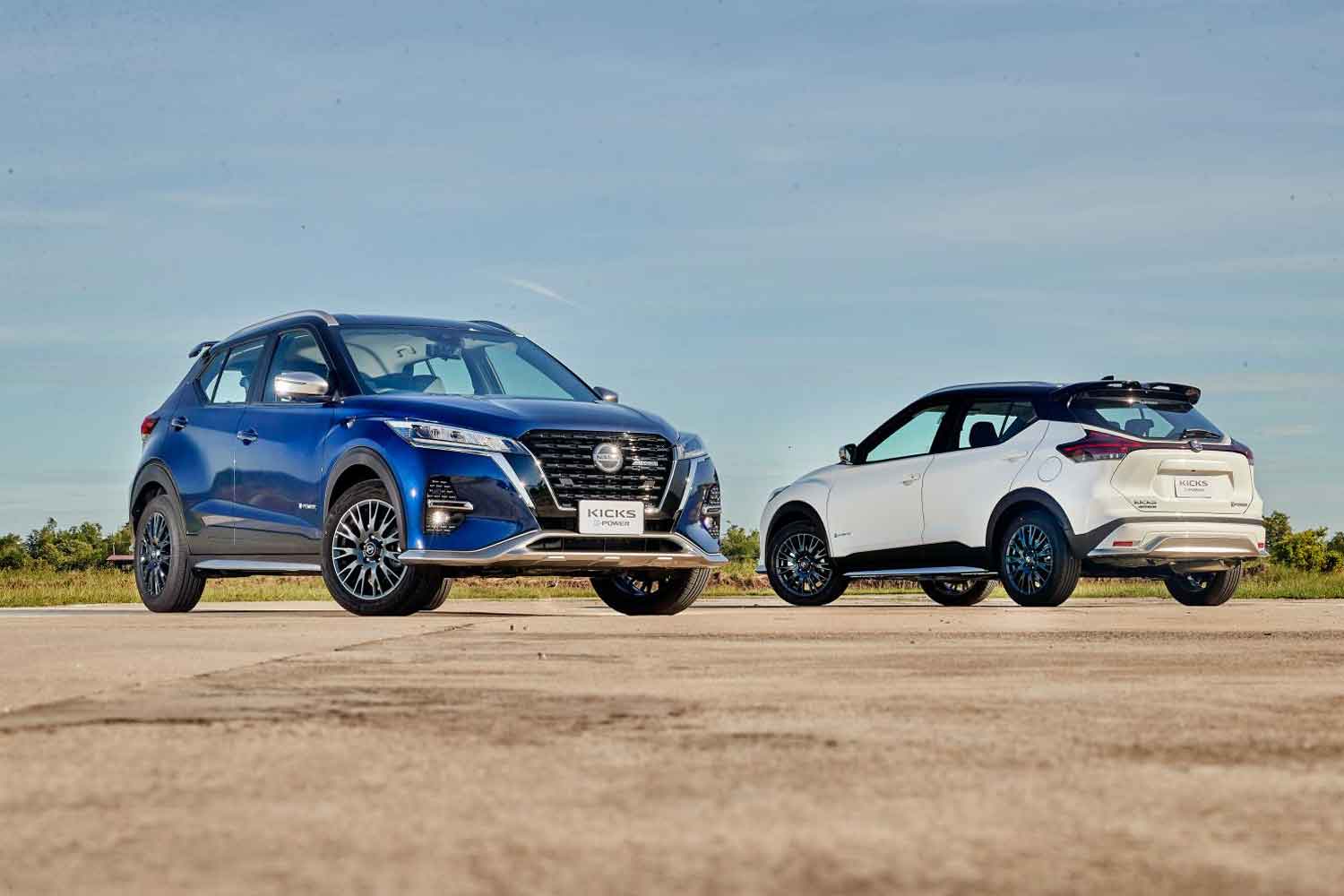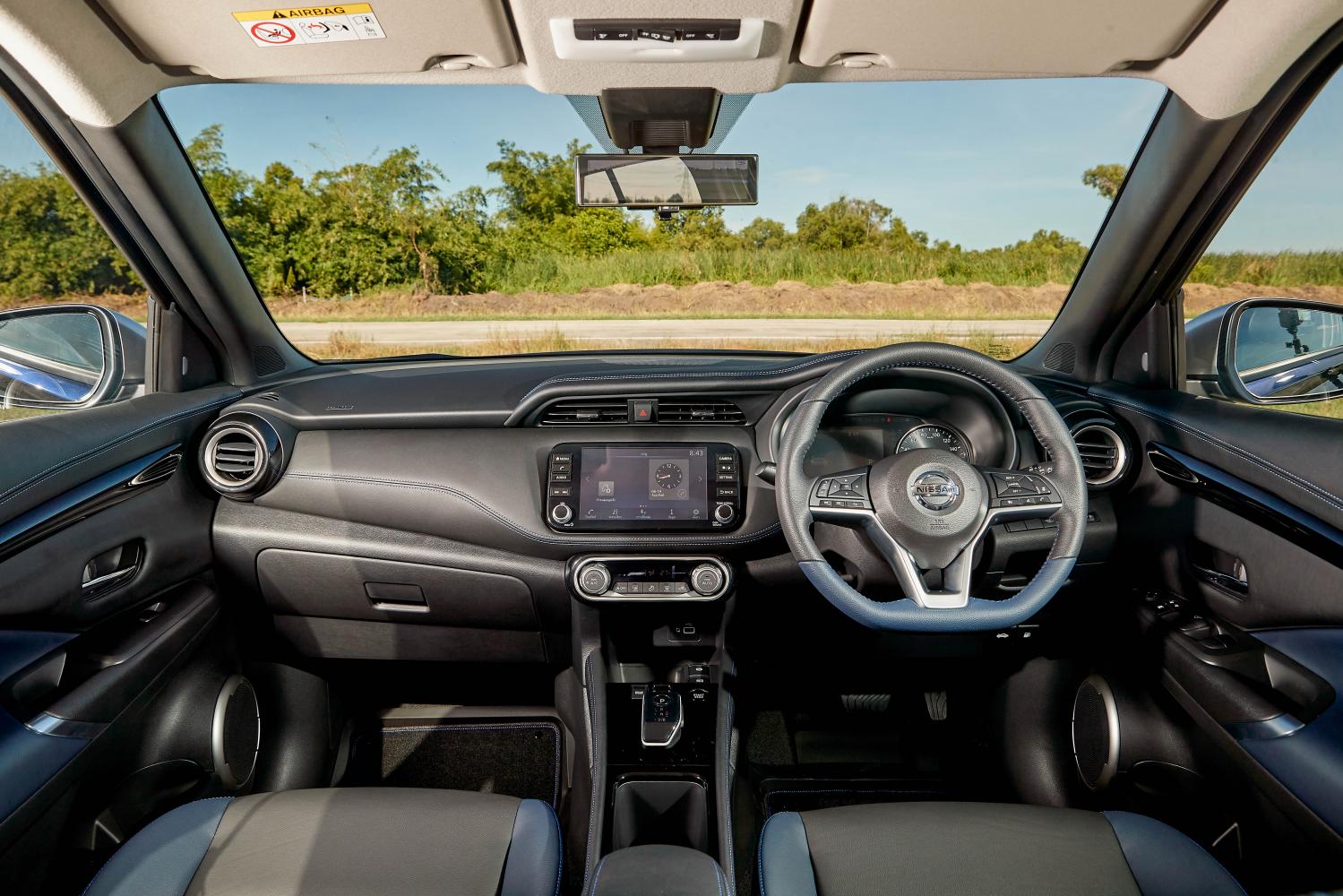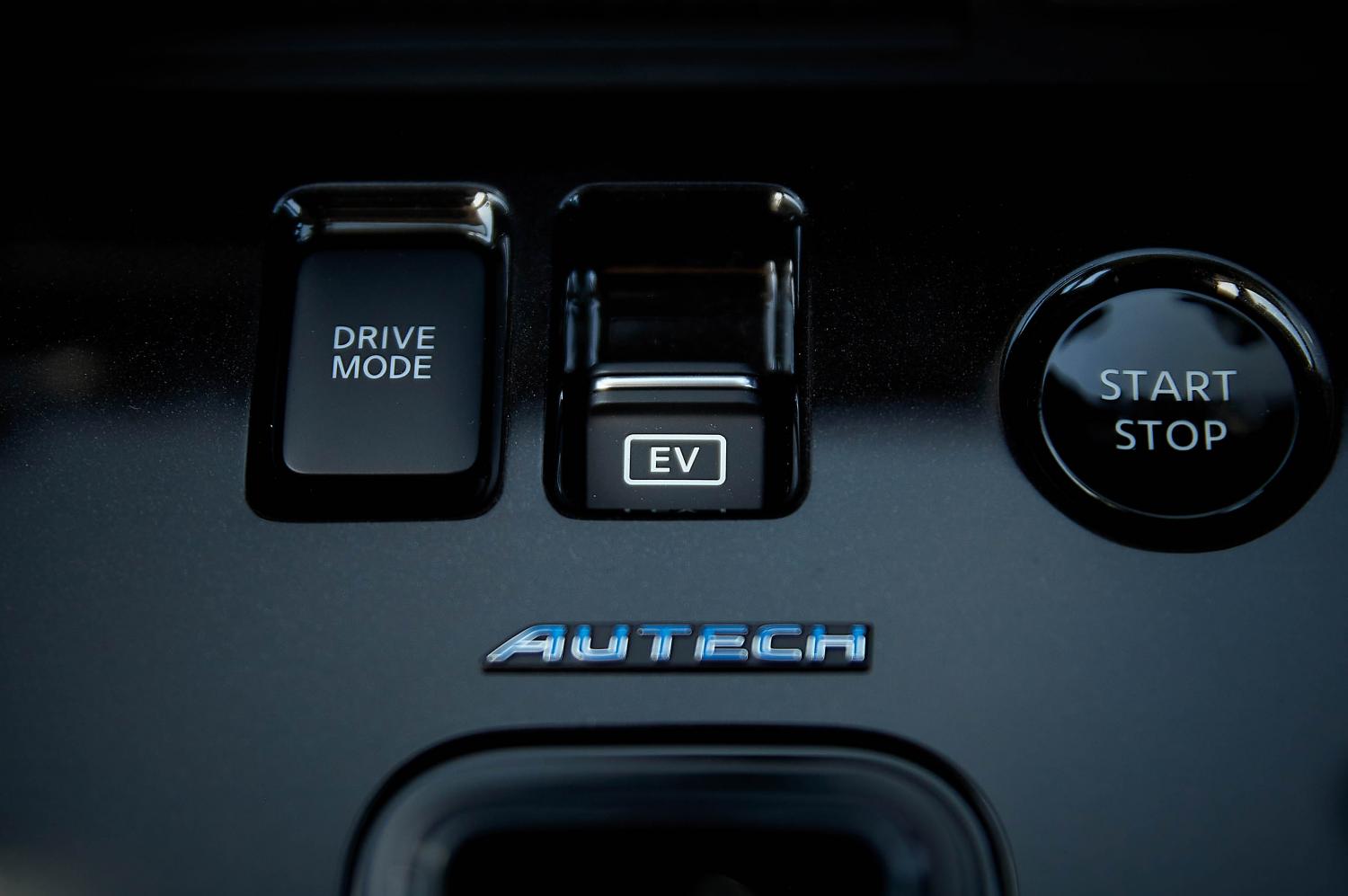
Nissan has witnessed a significant jump in sales of its Kicks e-POWER thanks to attractive upgrades as well as pricing adjustments for all four variants.
First introduced in 2020, the Kicks e-POWER featured a series hybrid system that works like an EV, with its 1.2-litre petrol engine being used to drive the electric generator instead of the wheels.
This gives the Kicks e-POWER an EV-like character, as the generator charges the battery as well as powers the electric motor that drives the front wheels.
While both the Covid-19 pandemic and semiconductor shortage forced automakers to go through major changes last year, Nissan was able to come up with an updated version for the Kicks e-POWER equipped with a second-generation hybrid system with more power and torque, as well as a bunch of new features.
The pricing of the Kicks e-POWER has been significantly lowered too. For example, the VL formerly sold at 1,049,000 baht, but now retails at only 899,000 baht.
The top Kicks e-POWER AUTECH variant reviewed in this issue, meanwhile, costs just 949,000 baht, making it one of the best buys in this segment. Other competitors include the Honda HR-V, Mazda CX-30 and the Toyota Corolla Cross, all priced above 1 million baht, as well as the sub-1 million baht Haval Jolion and even the MG4 electric car.



Design
The AUTECH variant I drove features a "premium sporty" look designed by Autech Japan, a Nissan subsidiary famous in terms of car personalisation.
Apart from the V-Motion front grille, LED lights and "floating" roofline, there are newly-designed skirts all-round, as well as a stylish rear spoiler and a rear finisher panel connecting the boomerang LED tail lights.
Exterior highlights include silver accents at the front, on the side and at the rear skirt, black roof and black 17in alloy wheel with 205/55 Continental EcoContact6 tyres.
The interior also gets upgrades including a new centre console and gearshift knob, leather seat upholstery with blue stitching, piano black inserts, newly-designed cupholders and a big increase in soft-touch areas both on the console and door panel.
The multi-function steering wheel is covered in leather with blue stitching and is adjustable for both reach and rake. Both front seats are compact and firm rather than comfy and come with just manual adjustment.
The instrument panel features a 7-inch colour display taking up most of the space, but the setback is that the speedometer located on the right-hand side is still analogue (similar to the Almera eco-car).
The 8-inch touchscreen is sensitive and easy to use and features Intelligent Around View Monitor although the images aren't very sharp. There's also an Intelligent Rearview Mirror camera that comes in handy when the mirror is blocked by objects in the cabin.
In terms of connectivity, there's Apple CarPlay and Android Auto as well as Nissan Connect and voice recognition. There's a USB port in front and two more for the rear passengers, a 12V outlet (ours was fitted with a USB adaptor) and AUX-IN.
The rear seat backrest is split-foldable which helps increase the 423 litre luggage space when needed. There's just enough headroom for adults at the back, but there's not much legroom and the size of the headrest is ridiculously small.
There's also an ambient light switch that allows you to choose between eight illumination colours.
In terms of safety, the Kicks e-POWER AUTECH comes with the full package including six airbags and Nissan Intelligent Safety.
There are some signs of cost-cutting, although I'm not complaining. For example, the windshield wipers aren't automatic and there's no wireless charger or powered rear tailgate.

Performance
The new Nissan Kicks e-POWER still comes with the 1.2-litre three-cylinder petrol engine with 82hp and 103Nm, but comes with a second-generation e-POWER system with an integrated electric motor and inverter sharing the same housing that helps lower weight by 30%.
Meanwhile, the size of the four-module 96-cell lithium-ion battery has also been increased to 2.06kWh. Nissan claims that as a result, the maximum output from the electric motor has been raised from 129hp to 136hp, while the maximum torque is up from 260Nm to 280Nm.
Despite the power increase, the average fuel consumption remains at 23.8kpl, which is achievable in real life. During our test, I averaged about 20kpl in real-world driving.
The series hybrid system in the Kicks e-POWER offers good acceleration from the electric motor, making this a fun car to drive. The only difference compared to an EV is the noise from the petrol engine that blares out during heavy acceleration.
Apart from normal, sport and eco-driving modes, the Kicks e-POWER also comes with an EV mode that is engaged via a button on the centre console. There's not much range, but should be enough for short runs to the convenience store, and you won't disturb neighbours late at night since there's no engine sound.
The e-pedal mode is convenient once you get used to it (feels like a golf cart) and helps maximise energy regeneration back to the battery while decelerating.
The Kicks e-POWER is nice to zip around in the city, with its 10.2m turning circle being helpful in tight spaces. The steering is light and responsive, offering precise cornering.
The suspension comprises struts at the front with stabiliser and a torsion beam at the rear, while brakes are discs all-round. The handling of the Kicks e-POWER is a plus, but ride comfort isn't its strong point.
The suspension can feel harsh when going over sharp speed bumps or deep potholes, but in general, there's enough damping to keep occupants comfortable most of the time.



Verdict
Nissan has done an impressive job in revitalising the ageing Kicks e-POWER with cosmetic changes and increased performance as well a higher level of luxury, along with a huge price reduction across the model range.
Pros: Attractive pricing, improved interior quality, fun to drive
Cons: Analogue speedometer, limited rear legroom, no power tailgate








